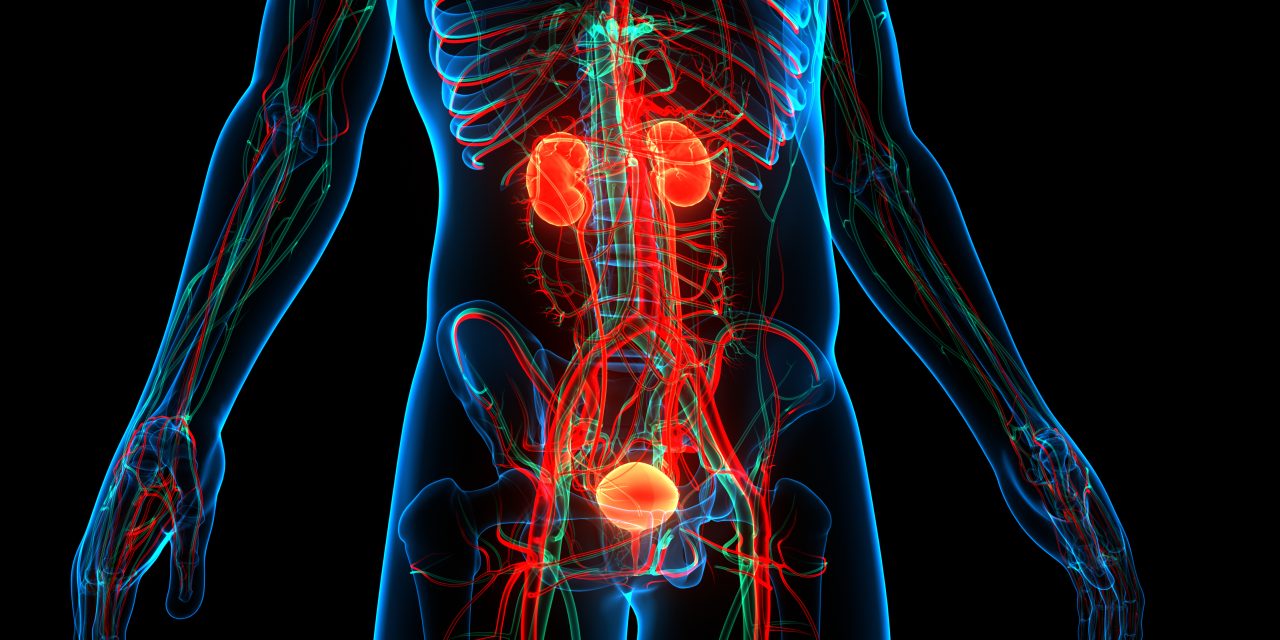Male genital lichen sclerosus (MGLSc) is an acquired, chronic, inflammatory cutaneous disease associated with significant morbidity and squamous cell carcinoma of the penis. Consideration of all of the evidence suggests that chronic exposure of susceptible epithelium to urinary occlusion by the foreskin is the most likely pathomechanism. MGLSc never occurs in men who were circumcised at birth, and has been associated with trauma, instrumentation and anatomical abnormalities, e.g. frank hypospadia that results in microincontinence.
To describe 21 patients who developed MGLSc following urological diagnoses and procedures.
We conducted a retrospective review of patients with a diagnosis of MGLSc whose symptoms related to urological procedures who attended or saw one of the authors (CBB) privately during the period June-October 2018.
In total, 21 patients (mean age 59 years) were identified. The referrals came from the local urology departments, primary care or extramural dermatology services. Most of the patients were uncircumcised men. All had developed symptoms and signs of MGLSc within 5 years following their urological procedure; on examination, 30% of the patients were found to have damp penile skin due to microincontinence. Of the 21 patients, 10 had undergone radical prostatectomy for prostate cancer, 4 had a diagnosis of Peyronie disease, 4 had undergone multiple cystoscopies and urethroscopies, 2 had undergone surgery on the bladder neck and 1 had undergone implantation of a penile prosthesis to treat erectile dysfunction.
This case series further strengthens the urinary occlusion hypothesis for the causation of MGLSc. It is important to recognize that urological interventions can create incompetence of the naviculomeatal valve post voiding. In uncircumcised men, this creates a risk factor for MGLSc that was not previously present. Occlusion, the phenomenon of koebnerization and currently unelucidated epithelial susceptibility factors lead to inflammation, sclerosis and cancer. Patients and urologists should be aware of these possibilities and preventative measures instituted, e.g. adaptive voiding habits and barrier protection.
© 2021 British Association of Dermatologists.
Male genital lichen sclerosus associated with urological interventions and microincontinence: a case series of 21 patients.


